I was thinking about the mission of those of us working in end of life. Whether we are nurses, social workers, hospice and palliative care physicians, certified nurses aides, chaplains or volunteers our core goals are the same: education, support, and guidance. With so much focus on meeting medicare requirements sometimes these goals get sidelined. I want to redirect our thinking from medicare regulations to hospice’s primary focus.
Dying is not a medical event. Dying is a communal, social event. Nursing and physicians are part of care, but not the all encompassing focus. The main focus of end of life hospice care is preparing the patient (if given an early enough referral) and the family/significant others for the approaching death.
How is this done? Through education, support, and guidance. AND all three of those areas take time.
Education: Time to teach the difference between caring for someone as death approaches and caring for someone who is going to get better. Time to help those involved understand that what they are witness to is not pathological but normal. Teaching is 90% of end of life work. Teaching in an unhurried, gentle and clear manner.
Support: Support of the patient. If the referral is months before death we meet the physical, emotional, mental and spiritual needs and requests of the patient. If the referral is, as most are now, in the weeks to days before death then addressing the physical need becomes the patient centered focus. The person is now actively dying so it is too late to interact with them directly and intellectually.
Guidance: Guidance for the significant others involved with the patient is addressing the fear and uncertainty of care (again 90% of our work is education). What is going to happen, what will it look like, what do they do while it is happening are all major concerns of the caregivers and family as their special person approaches death.
Support becomes guidance, guidance becomes education, education becomes support.
The focus point of our goals in working with end of life is the patient’s death. Everything we do leads up to that special moment when the person leaves their body.
The results of the above goals are the patient has as gentle a death as their personality directs and the family/significant others have a shared, fear-reduced experience that will be their meaningful memory.
Something More about... END OF LIFE CARE- Providing Education, Support and Guidance
End of life training for hospice staff to death doulas can be done by using my comprehensive 3 hour dvd, THIS IS HOW PEOPLE DIE. Supporting families with our End of Life Guideline Series will be most helpful.
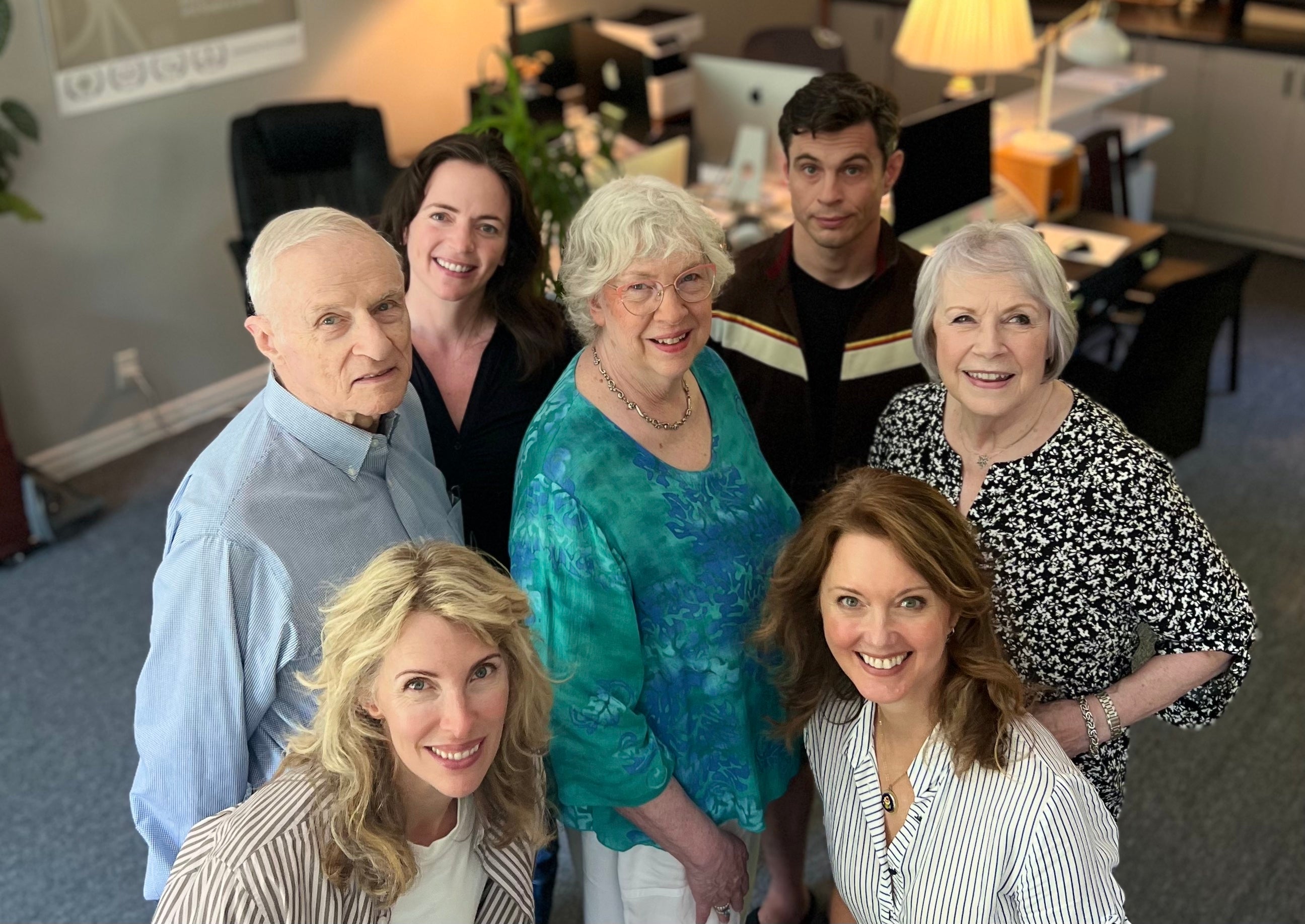

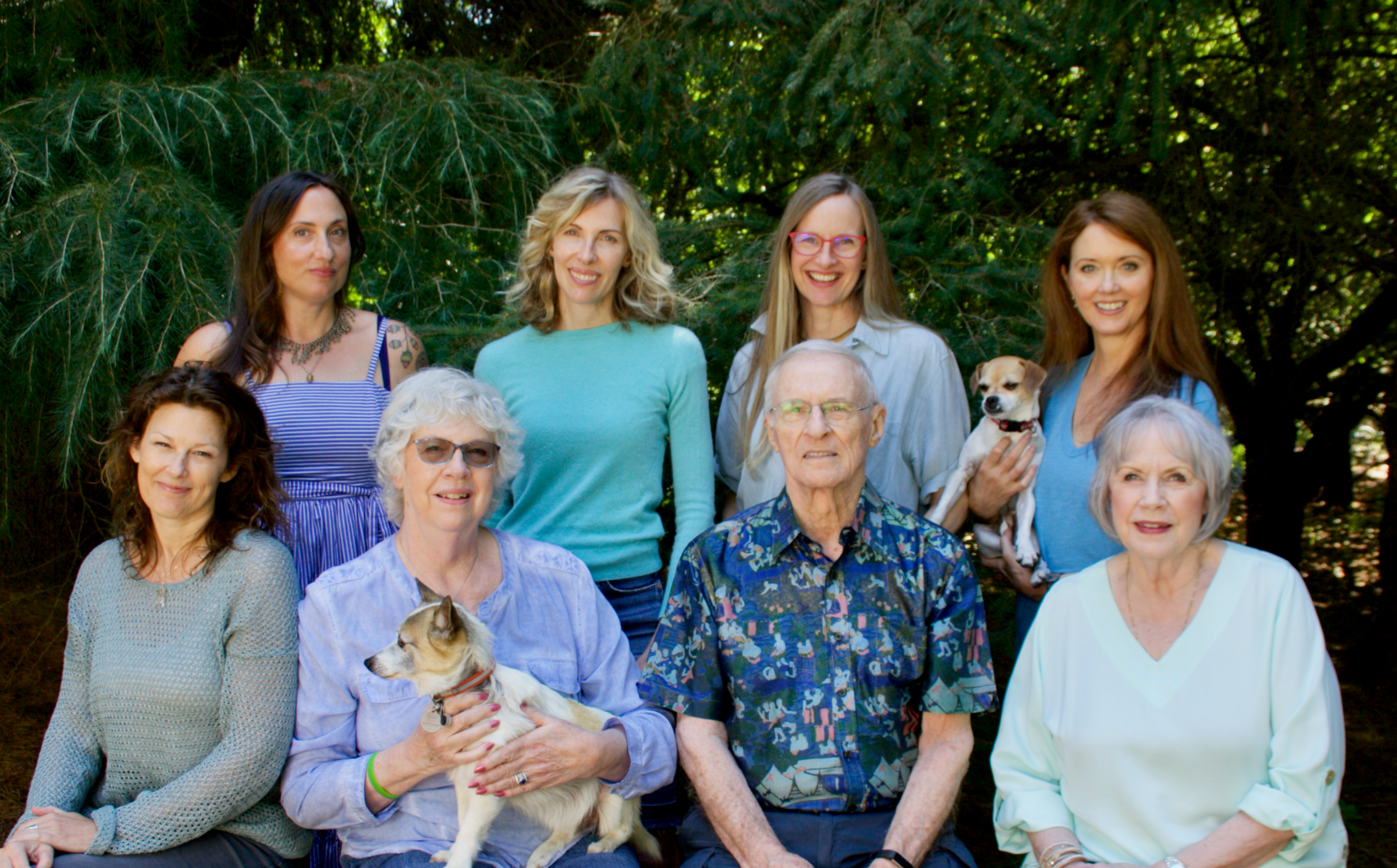
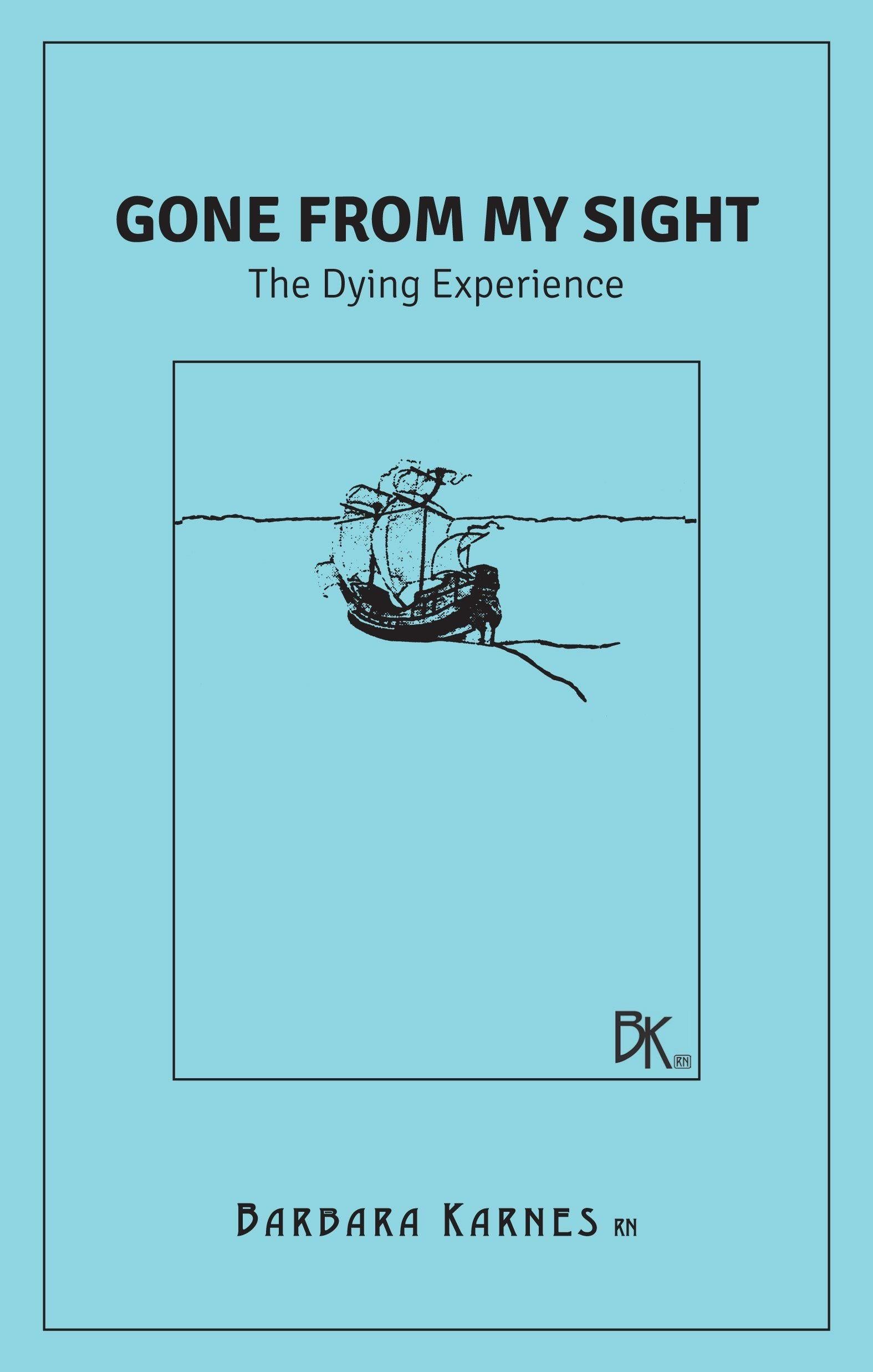

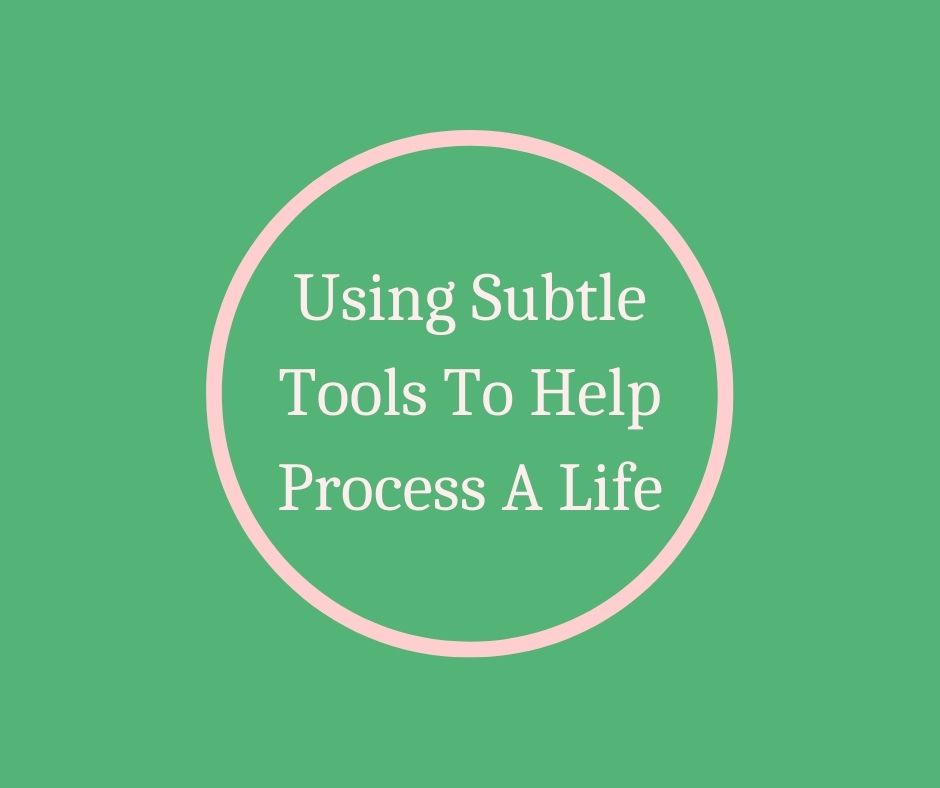
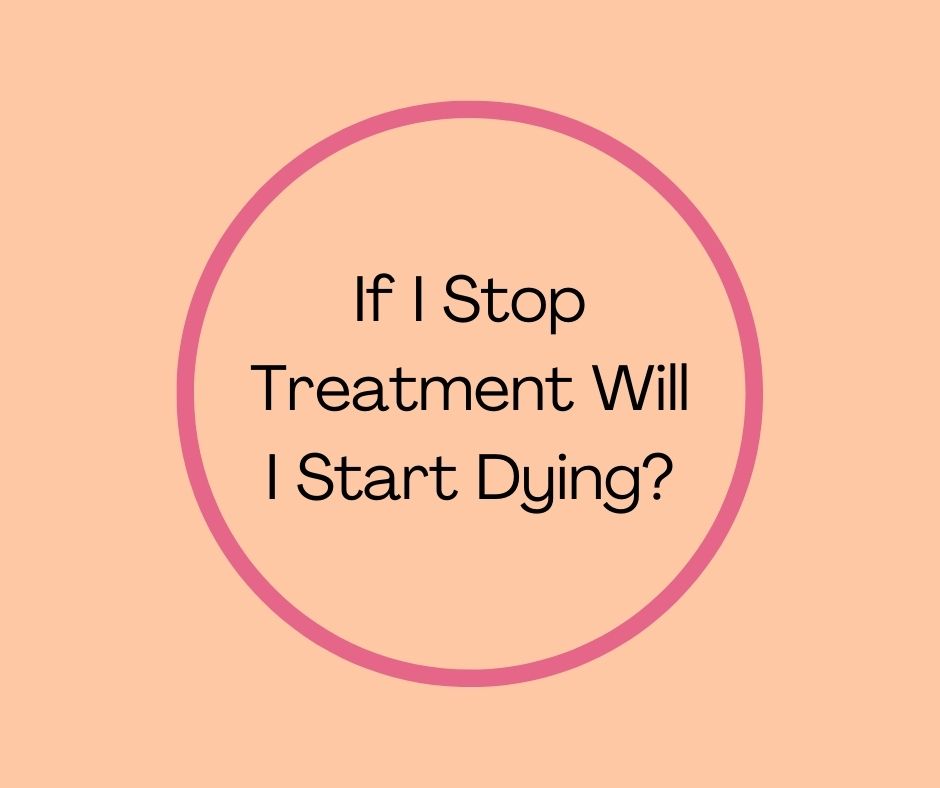
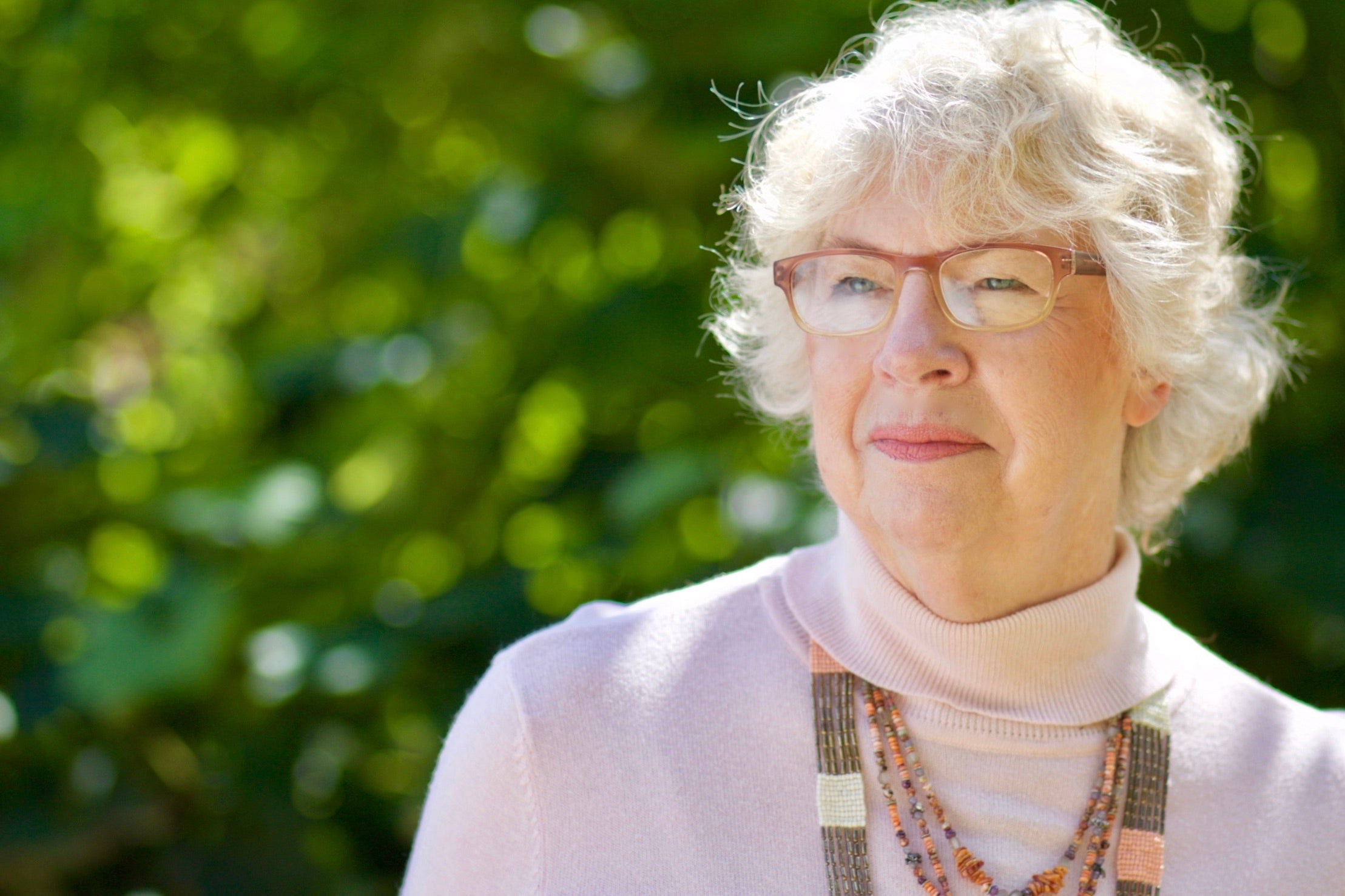
1 comment
Christine A. Smith
Listened earlier to your interview on EOLU. Crucial: YOU suggested that a course should be offered at the high school level. YES!! That’s my end-goal, too.
As a Classroom Educator & Hired caregiver in nearly 100 homes, I’d like to contribute an elective course to the U.S. High School system. This is a curriculum that introduces the 52 general, common Aspects of Aging I have identified. It is an 18 week course for those who will soon become policy-makers, adult children of aging parents, community designers, medical and technology innovators, and…CARE-GIVING AND HOSPICE VOLUNTEERS & PROFESSIONALS. The initial template is written—just need to add the quizzes and such. Three university gerontology leaders here in Oregon and others have agreed to review the manuscript. It’s very formulaic which makes it a quicker read. Would you be willing to thumb through a pdf and give your gut reaction? Thank you for even considering this! The #AgingEnthusiast and host of the resource website: agingbetternetwork.com/home
Listened earlier to your interview on EOLU. Crucial: YOU suggested that a course should be offered at the high school level. YES!! That’s my end-goal, too.
As a Classroom Educator & Hired caregiver in nearly 100 homes, I’d like to contribute an elective course to the U.S. High School system. This is a curriculum that introduces the 52 general, common Aspects of Aging I have identified. It is an 18 week course for those who will soon become policy-makers, adult children of aging parents, community designers, medical and technology innovators, and…CARE-GIVING AND HOSPICE VOLUNTEERS & PROFESSIONALS. The initial template is written—just need to add the quizzes and such. Three university gerontology leaders here in Oregon and others have agreed to review the manuscript. It’s very formulaic which makes it a quicker read. Would you be willing to thumb through a pdf and give your gut reaction? Thank you for even considering this! The #AgingEnthusiast and host of the resource website: agingbetternetwork.com/home